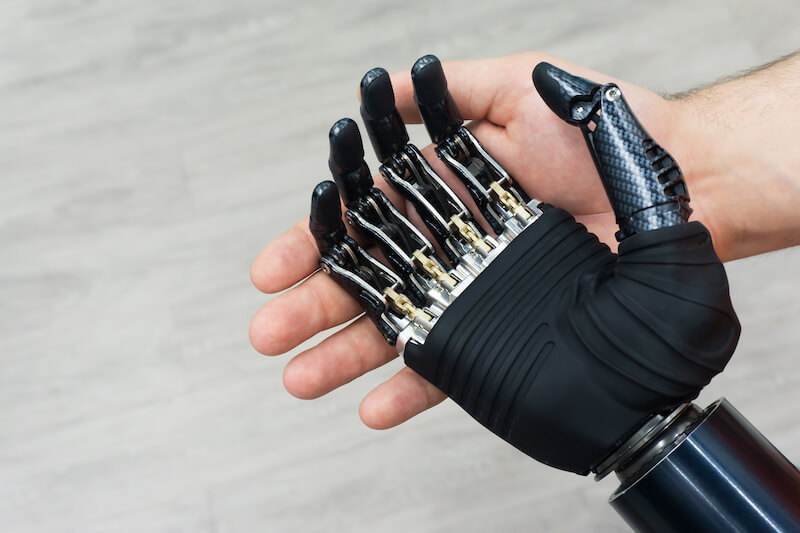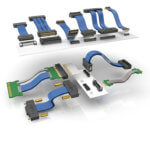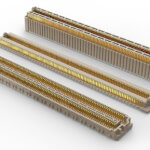For many patients, their care does not end when they leave the hospital. Therapeutic equipment is used when the patient needs long-term assistance or care. The many uses for electronics in therapeutic equipment require a range of interconnect solutions that combine power and data.
Prosthetic Devices
The use of artificial or prosthetic limbs or is not new, although global events of the last two decades has brought them more into the public eye. With advances in emergency medical care, the survival rate for patients who have experienced severe trauma has improved dramatically. Patients who lose limbs are more likely to survive than ever before, and this has sparked parallel development of prosthetic limbs. With these remarkable devices, patients who may have experienced multiple amputations can return experience unprecedented mobility.

Multiple technologies have played a part in these advances. The use of 3D scanning and design allow prosthetics to be custom designed for every patient. Combined with advances in manufacturing techniques including 3D printing, modern prosthetics offer a remarkable range of movement.
While some prosthetics are purely mechanical, there are major advances in the robotic devices that replicate the movement of the hand. The goal is for these devices to respond to signals from the patient’s nervous system and work as a direct replacement for the hand. In order to achieve this requires a combination of miniaturised computing power and electromechanical devices. The connectors required for these applications need to be small and lightweight, and yet deliver superior reliability.
Therapeutic Equipment in the Home
In addition to creating solutions for mobility, therapeutic equipment is used to treat a range of long-term conditions. The management of diabetes requires regular monitoring of blood sugar levels, and patients need to take samples of blood several times per day. The latest insulin delivery systems are designed to monitor the patient’s blood constantly, providing insulin as necessary without the need for regular sampling. This technology can also be linked to smartphones to provide both the patient and the healthcare professional with real-time data to ensure the correct care is provided.

This same technology, which is part of the revolution in machine-to-machine communication that is at the heart of the Internet of Things (IoT), is enabling a range of other conditions to be treated in in the home. The IoT allows devices to share data with each other, which can be analysed to provide diagnoses and treatment for patients. This has been further enhanced by the recent introduction of the 5G wireless network. Combined with developments in treatment technology such as nebulisers and insulin delivery systems, patients can receive full medical care whilst carrying on with a full and active life.
Samtec Solutions for Therapeutic Equipment
Samtec understands that connectors used in therapeutic applications need to be robust enough to withstand daily use. The rigorous Extended Life Product and Severe Environment Testing programs provide designers with the confidence that they need when creating medical products that are suitable for this new generation of systems. For full details of these programs, and to see how Samtec products are supporting the latest innovations in the medical industry, visit the new Medical Applications page on Samtec.com. You can also read more information about our focus on medical electronics here.



Leave a Reply